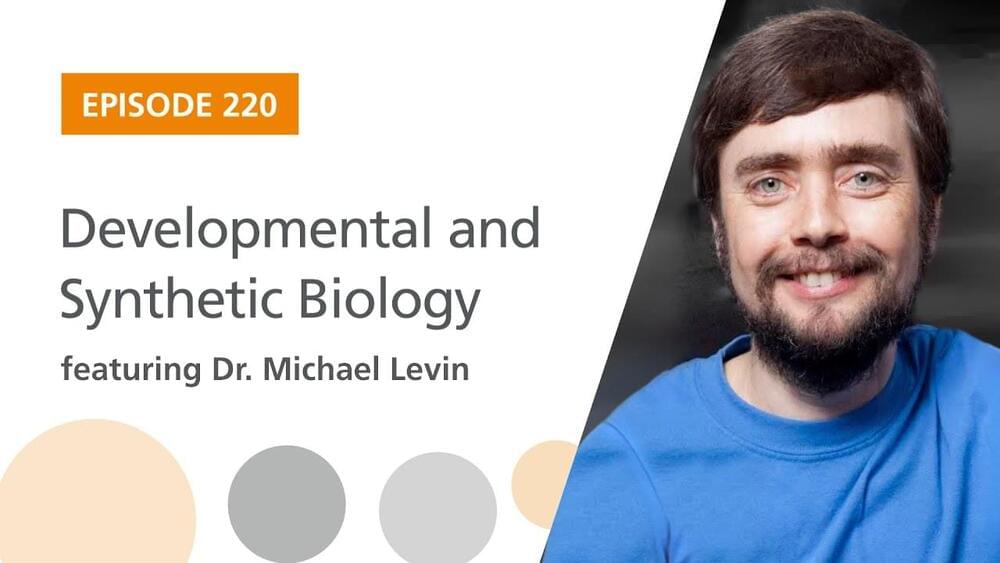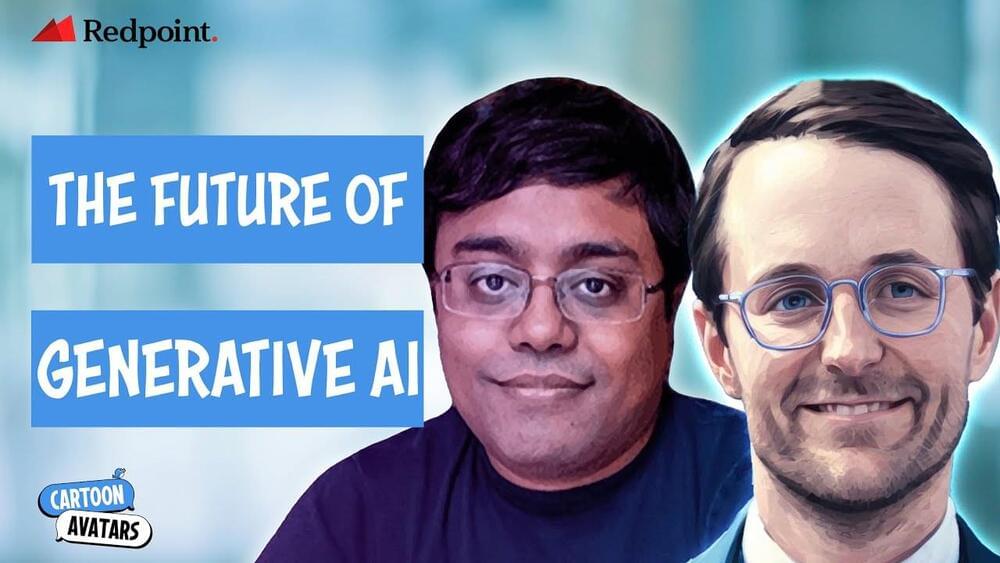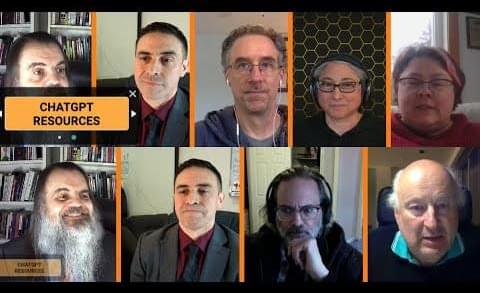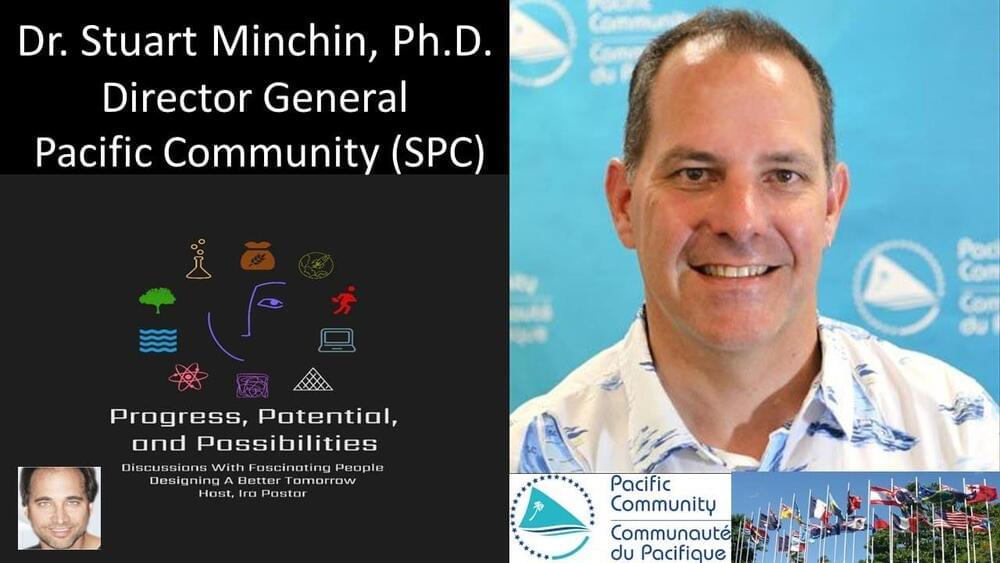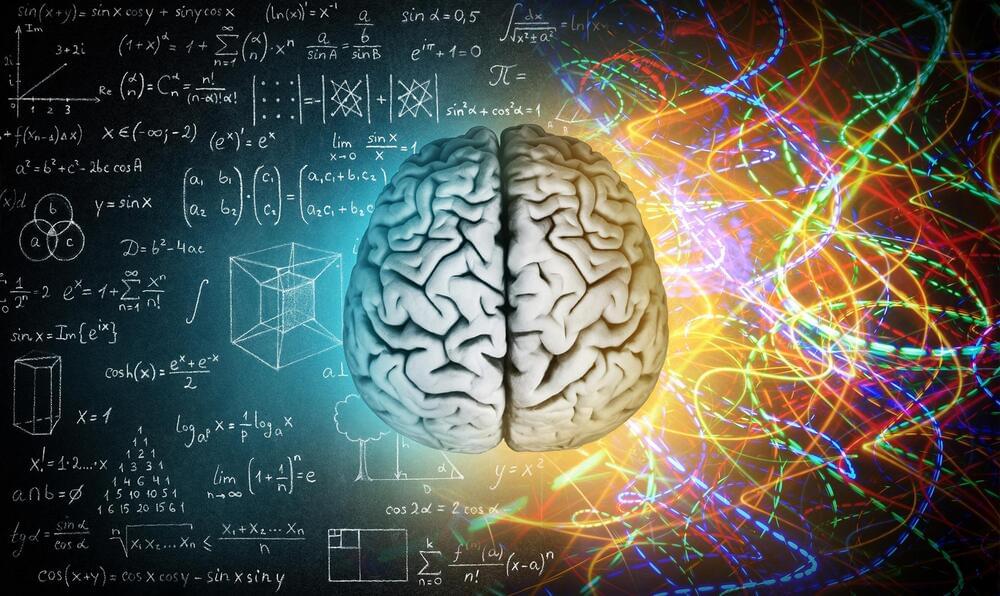Jan 10, 2023
Developmental and Synthetic Biology featuring Dr. Michael Levin | The Stem Cell Podcast
Posted by Dan Breeden in categories: bioengineering, biotech/medical, education
In episode 220 of the Stem Cell Podcast, we chat with Dr. Michael Levin, the Director of the Allen Discovery Center and a Distinguished Professor of Biology at Tufts University. He talks about regenerating frog legs, using bioelectricity to direct development, and the potential applications of xenobots.
Roundup Papers:
1) https://go.nature.com/3NR8aaG
2) https://go.nature.com/3NFeGkT
3) https://bit.ly/39tYFiM
4) https://bit.ly/3HrKY0g.
